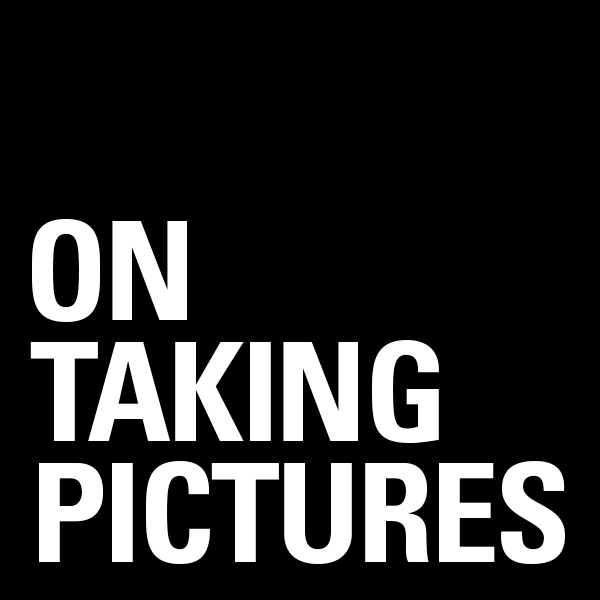Photography is full of ratios, from light sources to focal length and subject distance. However in this case I’m referring to image ratio. That is, the ratio of the height of the frame to the width of the frame. This used to be largely dependent on your camera choice and still is in many ways, but now with digital, all kinds of things are available to us. That little Panasonic LX3 for example, can go to 4:3 or 3:2 or even 16:9 just be flipping a switch.
But let’s back up a bit and look at the past. Large format cameras came in all kinds of sizes from 2″x3″ to 20″x24″, though it was 8×10″ and 4×5″ that are the ones largely available today (for the time being). Around the turn of the century, Kodak released it’s brownie camera with it’s 120mm roll of film which was the granddaddy of the medium format work. Medium format film is shot in all kinds of ratios. The old Hasselblad and Rollei put out square or 6×6 images. Other manufacturers like Mamiya and Fuji started shooting rectangular images at 6×4.5 (645) and 6×7 (67) and even larger ones like 6×9 and 6×12, though those are somewhat niche. And finally (for our purposes) was the Kodak 135 format, otherwise known at 35mm film which was taken from the motion picture world. Though a few other cameras did so earlier, it was the original Leica which set the 3×2 ratio we observe today.
Great history lesson Bill, but what’s your point? Well, just that images taken at different ratios feel different and I wonder why that is. Lately I’ve taken to cropping my images to 4×5 when I’m experimenting for myself. Now, you could go and talk about golden ratio and all that, but none of the formats are right on that one. 4×5 is probably the closest, though I haven’t done the math. It’s funny how you see differently depending on how the frame is shaped. I take pictures with my Hasselblad that I wouldn’t with a 35mm camera. In fact, one of the reasons I bought the 35/1.4 for my Canon was so I could crop square and get the same image as I’d get through a normal lens on the Hasselblad.

Let’s use a photo of Charlie Maxwell as an example. Now this isn’t ideal, because I’ve already taken the shot and I didn’t intend to crop, though BusinessWeek did. Anyway as you can see, there’s a different look to each, even though they’re the same image.
Perhaps the most annoying thing about all this is how it relates to printing. Here in the US, we have all kinds of sizes of paper that were invented before the dawn of time, all with no relation to each other. 8.5×11″, 8.5×14″, 11×17″, 13×19″. Basically a nightmare because none of these relate exactly to the image ratios above. Which means that if you want to print your images with full bleed (that is, full-page all the way to the edges, with no margin) then you will end up having to crop. 11×17″ and 13×19″ are close to a 3×2 35mm frame, but no cigar. I generally print my images smaller than and in the center of the paper, but I’ve never been a big full bleed guy. And the use of your images in most magazines requires the same cropping, so make sure you leave some space around the edges of your pictures.
In Europe and everywhere else in the world, they use paper sizes decided upon by an ISO standard in the ratio of 1 to the square root of 2. A much more ideal system, or at least it makes sense and sounds kind of bad ass, though it still leaves photographers wanting as you’ve still got to crop.
This is all to say that lately I’ve liked shooting 4:5 ratio on my digital camera via cropping. I think the high-end Nikon even have a heads-up display which will give you crop lines in your viewfinder to make it easier to shoot with cropping in mind. There are some purists who will insist that cropping is sloppy. And while I’ll agree with them that cropping to save an otherwise crappy shot is not always cool, I think it is OK if you’re shooting with a different ratio in mind, but are stuck with the 2:3 that your camera gives. Sometimes 2:3 is too tall for me, and I’m certainly not going to apologize for it. Plus with today’s 21MP images, we’ve got to spend the extra pixels on something!
